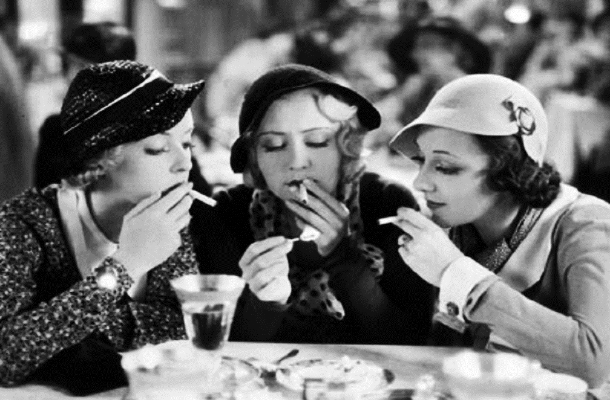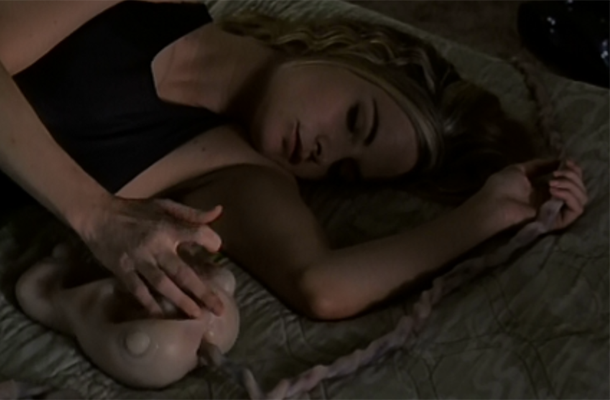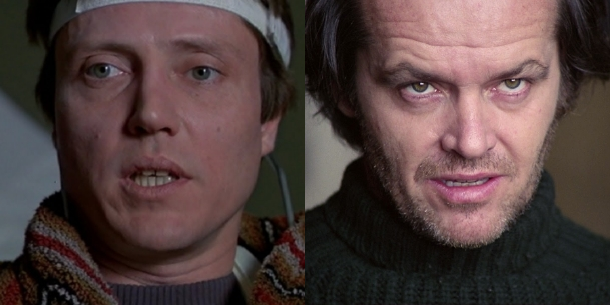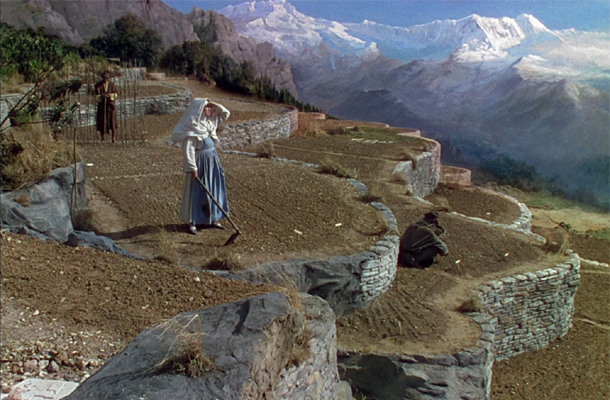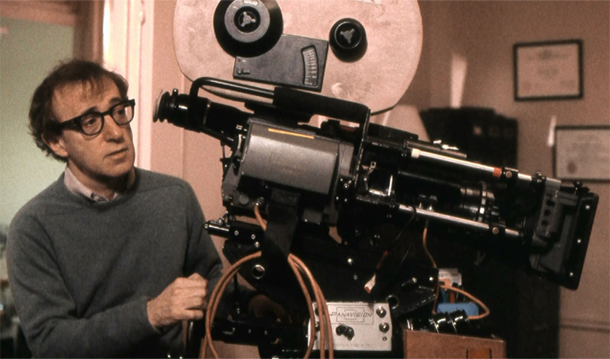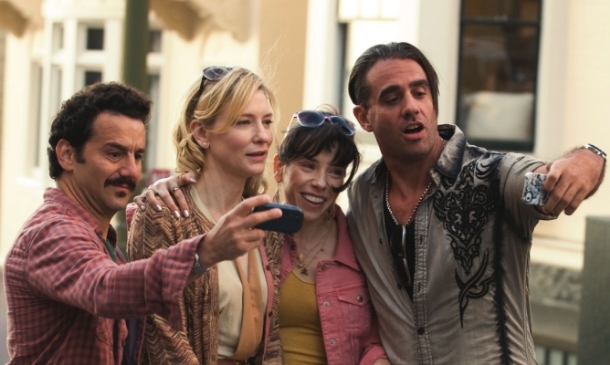Top Ten: Ensembles of 2013
As a follow-up to my list of this topic i 2011, I’m taking stock of the world of acting in the past year in cinema. Nearly every awards body gives out acting awards, but only a handful recognize a Best Cast or Best Ensemble of the year, as distinct from a more all-encompassing Best Picture. Two notable films from the year, Gravity and All is Lost, capitalize on their dual or solo protagonist(s) as the only characters, but nearly every other example relies on the interplay between recognizable stars, character actors, newbies, and extras. Effective ensembles of 2013 came under directors known for orchestrating, even indulging, an unwieldy stable of actors (David O. Russell, Martin Scorsese, Alexander Payne, Woody Allen), as well as filmmakers more known for focused tone in both acting and visuals (Steve McQueen, Denis Villeneuve, Sofia Coppola). The year was also notable for some relatively sensitive coming-of-age films involving large casts of young people and fun entries in ensemble-heavy franchises like Fast & Furious and The Hobbit. Next week I will unveil my own choices, but until then please comment on your own favorites.

